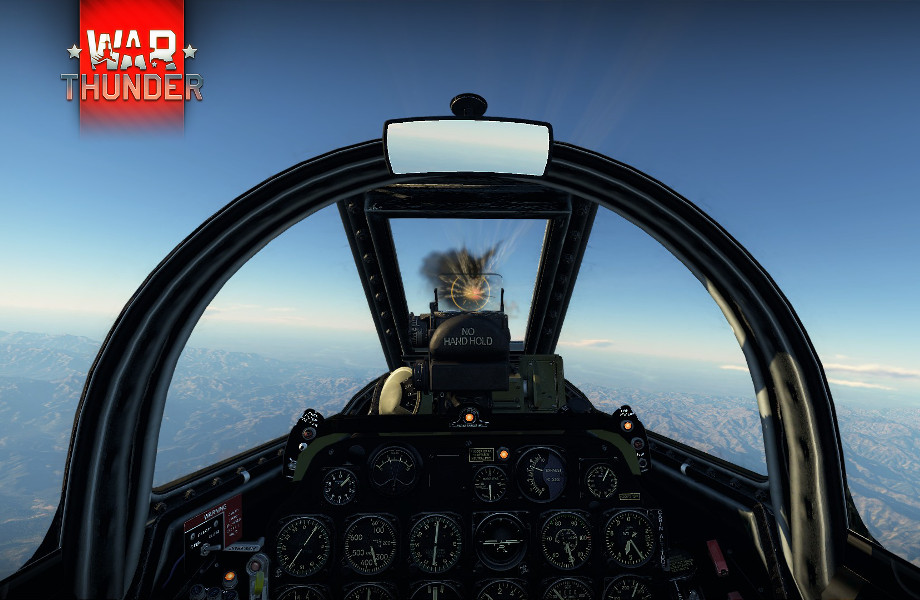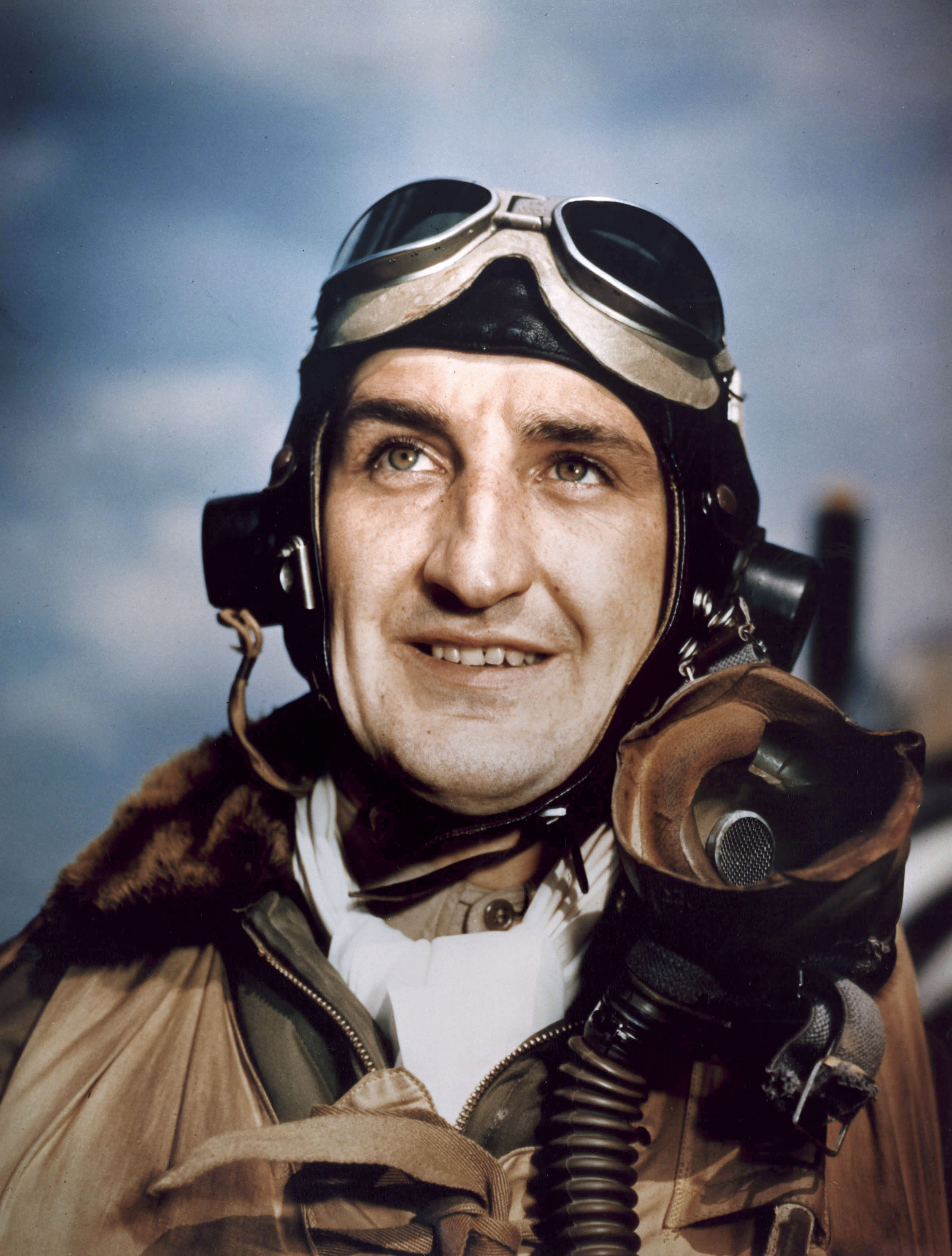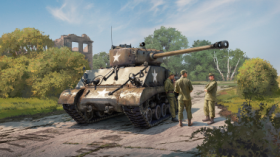
- For PC
- For MAC
- For Linux
- OS: Windows 10 (64 bit)
- Processor: Dual-Core 2.2 GHz
- Memory: 4GB
- Video Card: DirectX 11 level video card: AMD Radeon 77XX / NVIDIA GeForce GTX 660. The minimum supported resolution for the game is 720p.
- Network: Broadband Internet connection
- Hard Drive: 22.1 GB (Minimal client)
- OS: Windows 10/11 (64 bit)
- Processor: Intel Core i5 or Ryzen 5 3600 and better
- Memory: 16 GB and more
- Video Card: DirectX 11 level video card or higher and drivers: Nvidia GeForce 1060 and higher, Radeon RX 570 and higher
- Network: Broadband Internet connection
- Hard Drive: 62.2 GB (Full client)
- OS: Mac OS Big Sur 11.0 or newer
- Processor: Core i5, minimum 2.2GHz (Intel Xeon is not supported)
- Memory: 6 GB
- Video Card: Intel Iris Pro 5200 (Mac), or analog from AMD/Nvidia for Mac. Minimum supported resolution for the game is 720p with Metal support.
- Network: Broadband Internet connection
- Hard Drive: 22.1 GB (Minimal client)
- OS: Mac OS Big Sur 11.0 or newer
- Processor: Core i7 (Intel Xeon is not supported)
- Memory: 8 GB
- Video Card: Radeon Vega II or higher with Metal support.
- Network: Broadband Internet connection
- Hard Drive: 62.2 GB (Full client)
- OS: Most modern 64bit Linux distributions
- Processor: Dual-Core 2.4 GHz
- Memory: 4 GB
- Video Card: NVIDIA 660 with latest proprietary drivers (not older than 6 months) / similar AMD with latest proprietary drivers (not older than 6 months; the minimum supported resolution for the game is 720p) with Vulkan support.
- Network: Broadband Internet connection
- Hard Drive: 22.1 GB (Minimal client)
- OS: Ubuntu 20.04 64bit
- Processor: Intel Core i7
- Memory: 16 GB
- Video Card: NVIDIA 1060 with latest proprietary drivers (not older than 6 months) / similar AMD (Radeon RX 570) with latest proprietary drivers (not older than 6 months) with Vulkan support.
- Network: Broadband Internet connection
- Hard Drive: 62.2 GB (Full client)
Whilst achieving the status of ‘ace’ as a fighter pilot is an impressive enough feat, a handful of individuals have even managed to earn the moniker in two separate conflicts. ‘Gabby’ Gabreski was one of these individuals who, having become the top scoring American fighter ace of the European Theatre of Operations, then went on to become a jet ace in the skies over Korea.
Born in January 1919 in Oil City, Pennsylvania, Francis Stanley Gabreski was of Polish descent, his grandparents having emigrated just after the turn of the twentieth century. His father initially worked on railroads but after becoming ill he took out a loan and bought a market. A hard worker if only possessing an average academic ability, Gabreski nonetheless managed to achieve the necessary grades to attend Notre Dame University, Indiana, in 1938. It was whilst studying at university that Gabreski first developed a serious interest in aviation and began to pay for private flying lessons. His first taste of flying came at the controls of a Taylor Cub single engine parasol trainer. However, after six hours flying it was clear that Gabreski was far from being a natural aviator.
In Gabreski’s second year of university he attended a US Army Air Corps (later renamed the US Army Air Force) recruitment visit to Notre Dame with some friends. Immediately impressed, Gabreski enrolled and entered the US Army in July 1940. After his induction in Pittsburgh, Gabreski was posted to Parks Air College, East St. Louis, to carry out primary flying training on Stearman PT-17 and Fairchild PT-19 trainers. Struggling to keep up with his peers, Gabreski’s lack of natural ability again was highlighted to the point of being given an ‘elimination’ assessment flight – a last chance to show some ability to the instructional staff before being removed from flying training. Gabreski succeeded, graduating from primary flying training in November 1940.
Progressing onto Vultee BT-13s at Gunther Army Air Base in Alabama, Gabreski continued to progress before moving across to Maxwell Field for advanced flying training on the powerful North American AT-6 Texan trainer. In March 1941 he graduated and was commissioned as a 2nd Lieutenant in the US Army. His first assignment was with the 45th Fighter Squadron at Wheeler Field on Oahu, Hawaii. Here he flew Curtiss P-36 Hawks and P-40 Warhawks, averaging some 30 hours flying per month.
On the night of December 6th 1941, Gabreski had his first major falling out with his girlfriend and future wife Kay. Whilst shaving the next morning he heard explosions outside his quarters – Japanese naval aircraft were attacking Pearl Harbor. Gabreski was one of several American pilots who managed to get a fighter airborne, but not in time to engage any enemy aircraft. With America being plunged into war, Gabreski proposed to Kay shortly afterwards. However, the summer of 1942 only saw training sorties and patrols of the local area for the 45th Fighter Squadron.
Given his heritage, Gabreski was naturally concerned with the fate of Poland following the German invasion. Hearing of Polish squadrons serving within the ranks of the British Royal Air Force, Gabreski volunteered for service in Europe and was surprised when the War Department approved the idea. Promoted to Captain, Gabreski arrived in England in October and after some administrative delays was welcomed into No.315 (City of Deblin) Polish Fighter Squadron, then converting from Spitfire Mk.Vs to Mk.IXs at RAF Northolt in western London.
Beginning operational flying in January 1943, Gabreski first saw combat in February when his squadron was attacked by a formation of Fw 190s. At the end of the month he was transferred to the 61st Fighter Squadron of the 56th Fighter Group, flying P-47 Thunderbolts from RAF Kings Cliffe in Northamptonshire. The squadron moved to RAF Horsham St Faith, Norfolk in April and began offensive operations. In June, much to Gabreski’s surprise, he was promoted to Major and given command of the squadron.
On August 24th, despite having fought against German fighters on many occasions, Gabreski scored his first confirmed victory against a Fw 190 near Dreux, northern France. He shot down another Fw 190 in September and a third in October before shooting down four German fighters in November. On December 11th Gabreski led the 61st Fighter Squadron as part of a 200 fighter escort for a huge force of B-17s and B-24s which was targeting the German port of Emden. The force was attacked by Bf 109s and Bf 110s and in the ensuing fight, Gabreski shot down a 110 before he was attacked and severely damaged by a Bf 109 which shot away one of his rudder pedals and part of his boot.
In early 1944 Gabreski began flying with the 56th Fighter Group’s HQ element, having relinquished command of the 61st Fighter Squadron. He also brought several Polish fighter pilots across to the Thunderbolt fraternity from the RAF, including ace pilot Boleslaw Gladych. In April Gabreski was promoted to Lieutenant Colonel and on May 22nd he shot down three Fw 190s in a single sortie, taking him to 22 confirmed aerial victories. On July 5th he shot down a Bf 109 over Evreux, France to become the leading ace in the USAAF. With 28 victories scored in 193 sorties he was granted leave, but whilst waiting for his return flight to the United States on July 20th he decided to fly one more mission.
Whilst returning from escorting bombers to Russelheim in Germany, Gabreski broke formation to attack a group of Heinkel 111s parked at their airfield near Bassenheim. On his second pass the tips of his propeller blades clipped the ground and he carried out a forced landing not far from the enemy airfield. After eluding capture for five days, Gabreski was sent to Stalag Luft I POW camp where he remained until the facility was liberated by Soviet troops in April 1945.
After being repatriated to the United States, Gabreski married Kay and became Chief of the Fighter Test Section at Wright Field, Ohio. He took a one year break from military aviation in April 1946 to work as a test pilot for Douglas before joining the newly independent United States Air Force the next year. He graduated from Columbia University with a degree in Political Science before taking command of the 56th Fighter Group, now flying F-80 Shooting Stars from Selfridge Air Force Base, Michigan. He oversaw their conversion to the F-86 Sabre and was promoted to Colonel in 1950.
In June 1951 Gabreski was sent to Kimpo Air Base in Korea and in July he shot down a MiG-15 over North Korea to announce his return to front line operations. This would be the first of six MiG-15s, plus a seventh shared, which would fall to the guns of his Sabre during the conflict. He returned to the United States in July 1952 and carried out a succession of staff and command appointments over the next fifteen years, culminating in his final tour as Commanding Officer of the 52nd Fighter Wing. He retired in November 1967 and worked with Grumman and as president of the Long Island Rail Road. He had nine children but tragically lost his wife in 1993 when they were involved in a car accident. After an amazing career taking him from a weak student pilot threatened with elimination from flying training to one of the most successful fighter pilots in the history of the US military, Francis Gabreski died of a heart attack in January 2002.
About The Author
|
Mark Barber, War Thunder Historical Consultant Mark Barber is a pilot in the British Royal Navy's Fleet Air Arm. His first book was published by Osprey Publishing in 2008; subsequently, he has written several more titles for Osprey and has also published articles for several magazines, including the UK's top selling aviation magazine 'FlyPast'. His main areas of interest are British Naval Aviation in the First and Second World Wars and RAF Fighter Command in the Second World War. He currently works with Gaijin Entertainment as a Historical Consultant, helping to run the Historical Section of the War Thunder forums and heading up the Ace of the Month series. |
Want to read more about the famous aces of World War II? Find other Ace Profiles on our website!
The War Thunder Team












Comments (15)
This is what we call: "Poland Stronk".
Nice :P
AS always forum discussion here https://forum.warthunder.com/index.php?showforum=849 as soon as unlocked
f100 sabre istiyoruz
Interesting read, as always. Good Stuff o7
Gabby was defiantly a great pilot, very interesting, I may show my local World War 2 museum this article!
They FINALLY did a profile for Gabreski XD!!
I have been waiting for them to do Gabreski forever. It's about time.
I love these ace of the month articles-- great work as always Mark Barber. Cheers
I love this "war" storys : ) There where some realy good pilots out there!
STURER EMIL HYPE
Submit a complaint